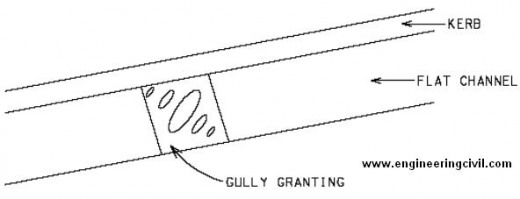Retroreflectivity refers to the part of incident light from headlights of a vehicle being reflected back to the driver. Retroreflectivity is normally achieved in road marking materials by using glass beads or ceramic beads.
These beads are sprayed on the marking materials when the road is marked. The beads are transparent and serve as lenses. When the light passes through the beads, it is refracted through the beads and then reflected back towards the original path of entry. The use of glass beads enhances retroreflectivity which raises the safety level for night driving.
This question is taken from book named – A Self Learning Manual – Mastering Different Fields of Civil Engineering Works (VC-Q-A-Method) by Vincent T. H. CHU.

